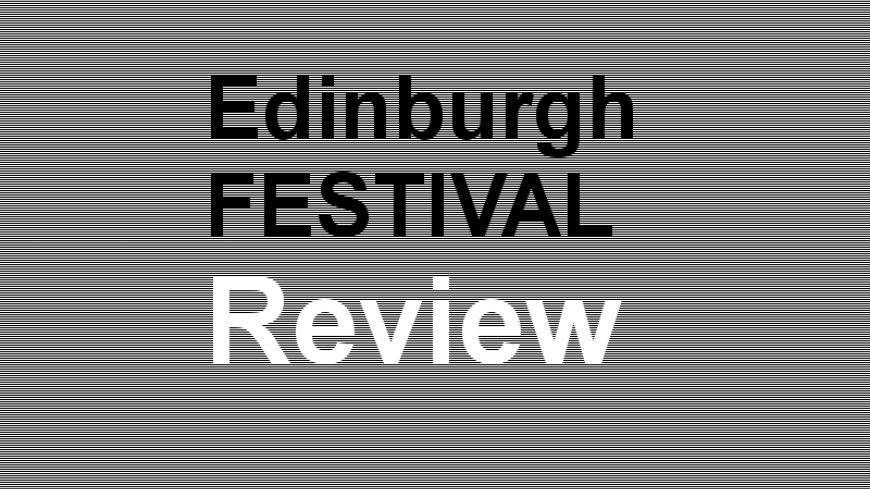
Carlo Gesualdo is famous, indeed notorious, for two reasons. The more musical
of these is his extravagant chromatic style, as demonstrated in late-Renaissance
Italian madrigals, which were roughly contemporary with those of the great Monteverdi.
In fact, Gesualdo's early work is pedestrian and he only developed his experimental
style at the avant-garde court of Ferrara, after that nasty business with his
wife and her lover.
At the court of Ferrara, aspects of this style were already established
under professional musicians like Luzzaschi. Gesualdo - an obsessive, eccentric,
and ultimately depressive personality - adopted and refined the style to an
extent then deemed progressive and forward-looking but which ultimately turned
out to be a musical dead end. This was partly because of its limitations: 3
to 4 minute pieces for unaccompanied (usually) 5-part vocal ensemble, to carefully-set
texts about the pain of unrequited love. Musically it is in rather a narrow
style, as is the subject matter on which it is fixated.
Claudio Cavina
Although some of Gesualdo's music was resurrected in the twentieth century
by Stravinsky among others, few people have had the chance to judge it on its
merits in anything like authentic performances. La Venexiana have filled that
gap and are a logical part of this year's EIF programme. They are a group of
period specialists represented here by five singers, one of them the director,
countertenor Claudio Cavina.
They chose eleven Gesualdo madrigals, almost entirely from his late fifth and
sixth books. Often using the composer's own texts, these tend to follow a similar
pattern: slow sections employing striking harmonic surprises, often over a rising
chromatic line, which are contrasted with fast running passages. Venexiana had
admirable diction, important in this music where single words are weighted with
so much emotion: "duolo" "piangi" "morte" - grief,
tears, sighs and death are common.
While they made the most of each of these pieces, keeping rhythms flexible,
and displaying the extreme contrasts, their musical effectiveness varied. Especially
striking to me were: Merce grido piangendo with its whole-chord side-slips
and many false cadences; Itene, o mei sospiri with unusual voicing, contrapuntal
sliding lines and homophonic passages taking unexpected directions; and Sparge
la morte al mio signor nel viso with a most effective closing sequence.
The programme concluded with five madrigals by Gesualdo's contemporaries, men
with splendid names like Luzzasco Luzzaschi and Pomponio Nenna. While these
had many features in common with Gesualdo's, they were in some ways better shaped:
thus Gesualdo's more extreme use of the style often makes for more difficult
listening.
We can only speculate on the reason for Gesualdo's greater reputation. Partly,
as a nobleman, he was better able to promote his work through publication and
performance. And it is likely that the catastrophic event of his life - participating
in that double murder - preyed increasingly on his mind, hence the pain expressed
in his music.
© Jonas Green. 29 August 2007. First published on www.Edinburghguide.com

